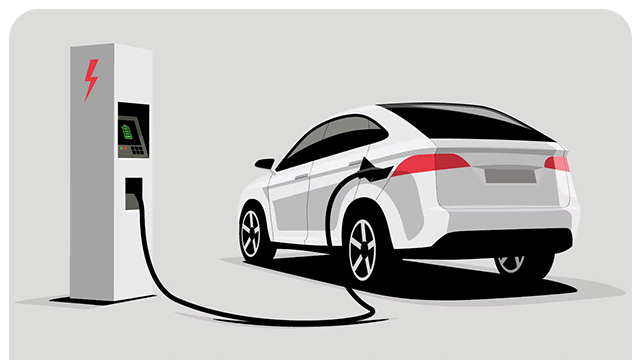Resources / Training /
Strategic Product Planning
Establish the basis for market leadership and competitive differentiation by adopting a customer-centric view in your product planning.

People evaluate the attractiveness of a product using a subjective method called “perceived value.” And that means a product offering can have higher performance or more features than all others, yet still fail in the marketplace. Perhaps you’ve heard the phrase “the best product rarely wins.”
As products or innovations move through the innovation-adoption lifecycle, intangible attributes assume more importance. Often, pioneering new products lose their initial prominence because a new entrant is more successful in delivering a product that is based on a more effective mix of intangible attributes. This can be the case even if the second product is not technically superior.
These intangible attributes must be part of your product planning !! Surround the tangible, core technology of your offering with intangibles in order for people to actually accept and adopt it.
And that is what your customers are actually buying!! An offering that includes:
- the elements of end-user understanding, familiarity and the avoidance of change
- demonstrated credibility of the supplier, who has the characteristics of an ideal partner
- support from a well-established ecosystem or infrastructure that is completely independent.
You’ll learn how to:
- Reinvent your product offering to lower the perception of risk
- Use strategic product planning to become a better fit for the needs of individuals and groups
- Meet the safety needs of each adopter group in the adoption sequence
Free resources
Learn more with these related resources

Guides and tools
Innovation-Adoption Curve
Diffusion of Innovations by Rogers, E. M., (First edition. New York: The Free Press. 1962) describes the qualities that make an innovation spread successfully. It is the most popular model for understanding how new products and innovations gain momentum and diffuse (or spread) through a specific market or population.

Guides and tools
Market Education Guide
People still talk with other people before making important decisions…especially decisions related to buying new technologies or adopting new innovations. Market education is a proven method of enabling conversations between people that are based on evidence and credibility.

Industry analysis
Accelerating EV Adoption
Cost and limited driving range are not the only barriers to widespread adoption of electric vehicles. The perception of risk plays the biggest role in delaying mainstream acceptance. This analysis of adoption factors demonstrates that a reduction in perceived risk is actually the primary transformative factor.

People Patterns vodcast
What is your customer buying?
Business leaders tend to think the multitude of features and functions in their product are the ultimate selling points in their marketing. Extra features may provide value in the future, but the initial adoption of something new is actually based on a single feature or function…especially with mainstream customers.

Featured article
Chasm Crossing Confusion
When business leaders decide to use a framework for strategic guidance, the model needs to be crystal clear. Any ambiguity can lead to delay of revenue. The lack of understanding of the chasm concept explains why B2B tech companies often take a decade or more to build a profitable revenue stream.

Guides and tools
Low Risk Recipe eBook
The Low Risk Recipe™ is one of the most powerful frameworks developed by High Tech Strategies. In this eBook we describe how intangible attributes allow the development of a low-risk offering, which is the most important dimension of value for mainstream customers and buyers. Several examples are included.

